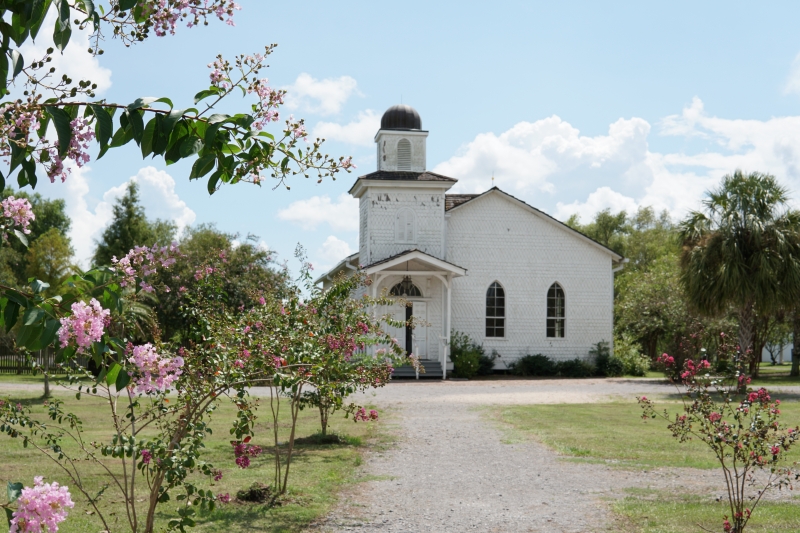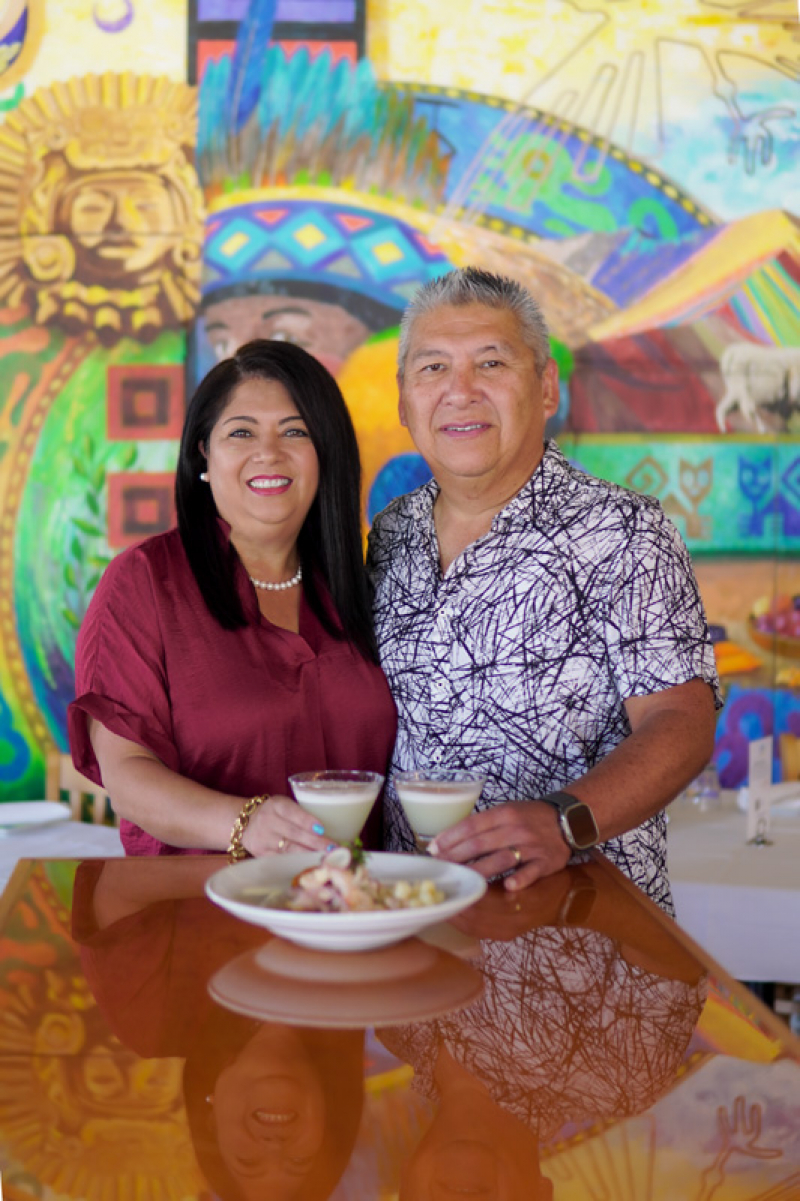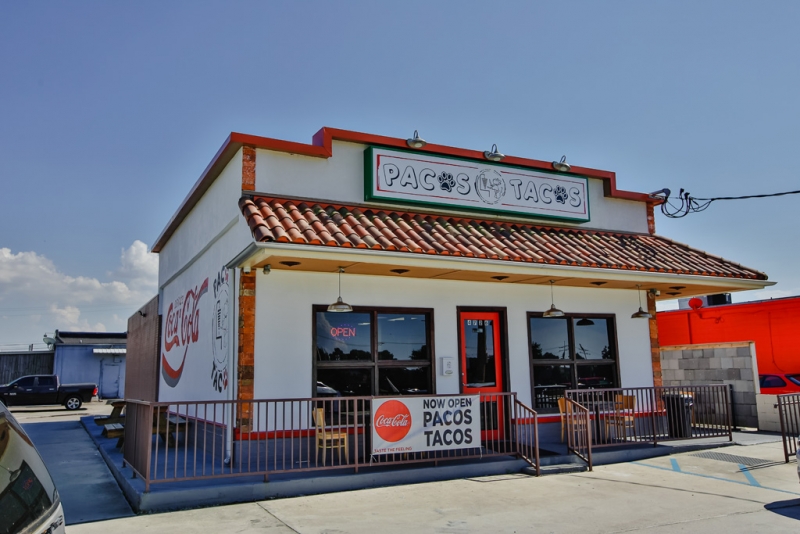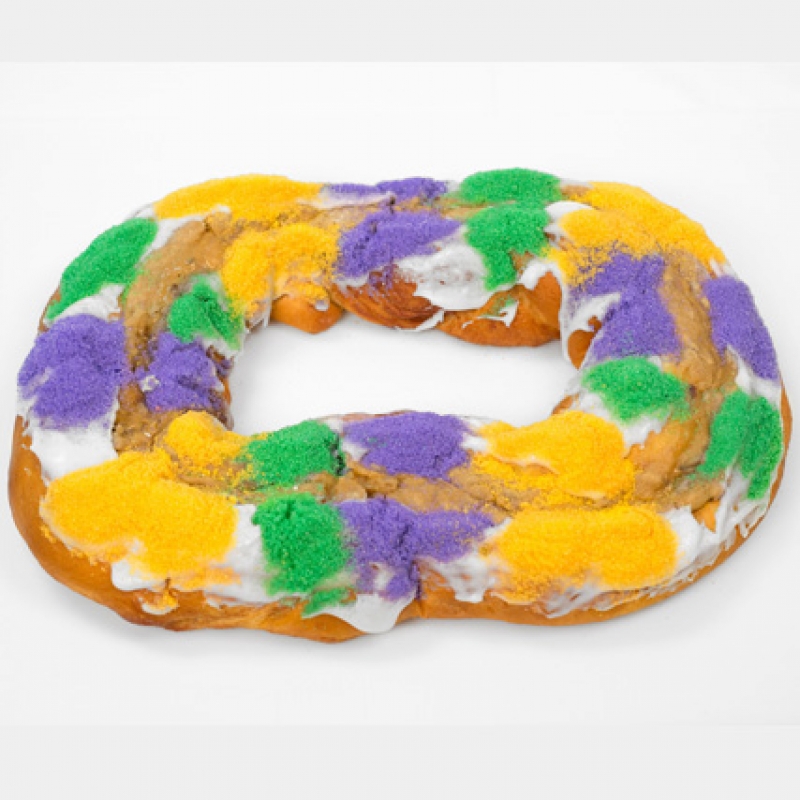- Written by AnaMaria Bech
- Published in Somos NOLA
The Whitney Plantation
The Whitney Plantation
By AnaMaria Bech
Para español hacer clic aquí ->La Plantación Whitney
Last Summer, I took out-of-town visitors to the Whitney Plantation Museum when I heard it was the only museum in Louisiana with an exclusive focus on the lives of enslaved people. Most of the tour took place around the grounds of the plantation complex, which has over twelve historic structures. It was a very hot day and I was in agony. My distress was null in contrast to the pain that I could hear within the stories of life in the sugar plantation and the difficult conditions endured by enslaved people. Hearing their names, seeing them engraved on the memorial walls, and even finding their relation to known local descendants put everything in perspective and made it feel too real and present. Perhaps one of the hardest thoughts was when I heard that when slavery “officially” ended, many workers decided to stay at these plantations because there were no other worthwhile alternatives for them.
Recently, our world has been protesting and questioning more than ever the systemic racism that continues to hurt the quality of life of Black Americans and other people of color.
It is important to educate ourselves and understand the past, and how it has shaped our current society. When you visit the Whitney Plantation in Wallace, Louisiana and take one of their accurate historical tours that talk about the culture, life, and operations of New Orleans plantations and the history behind the Atlantic Slave Trade, your eyes will be open to seeing that slavery is not such a distant entity. A tour is not enough, but it can be the beginning of an educational journey so that we can all understand better and become advocates for a fair society for Black Americans and others who face injustices.
“The Wall of Honor is a memorial dedicated to all the people who were enslaved on the Whitney Plantation. The names and the information related to them (origin, age, skills) were retrieved from original archives and engraved on granite slabs. So far, more than 350 slaves were identified on official records.” - Whitney Plantation Museum


























